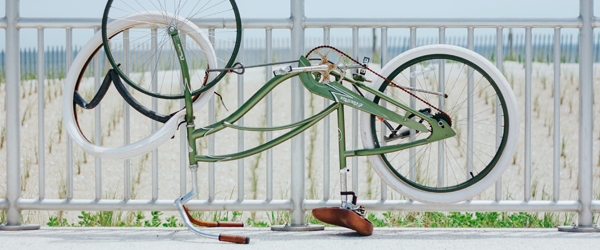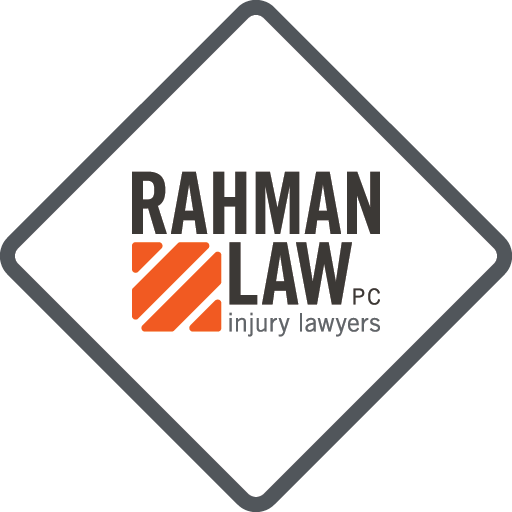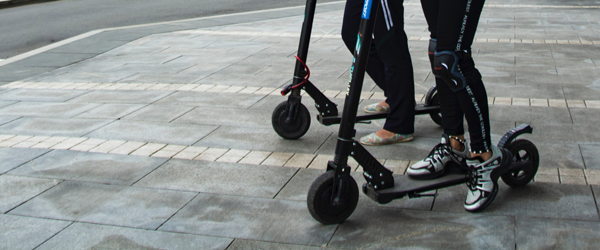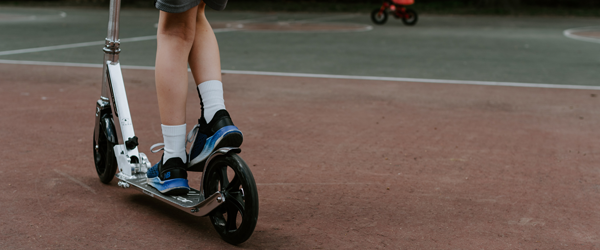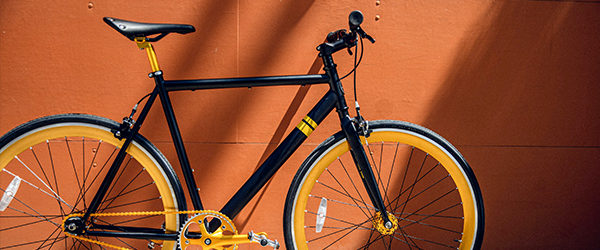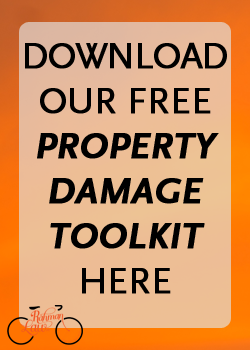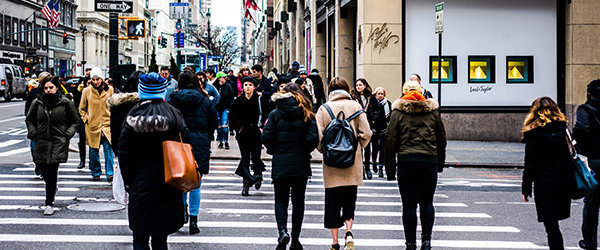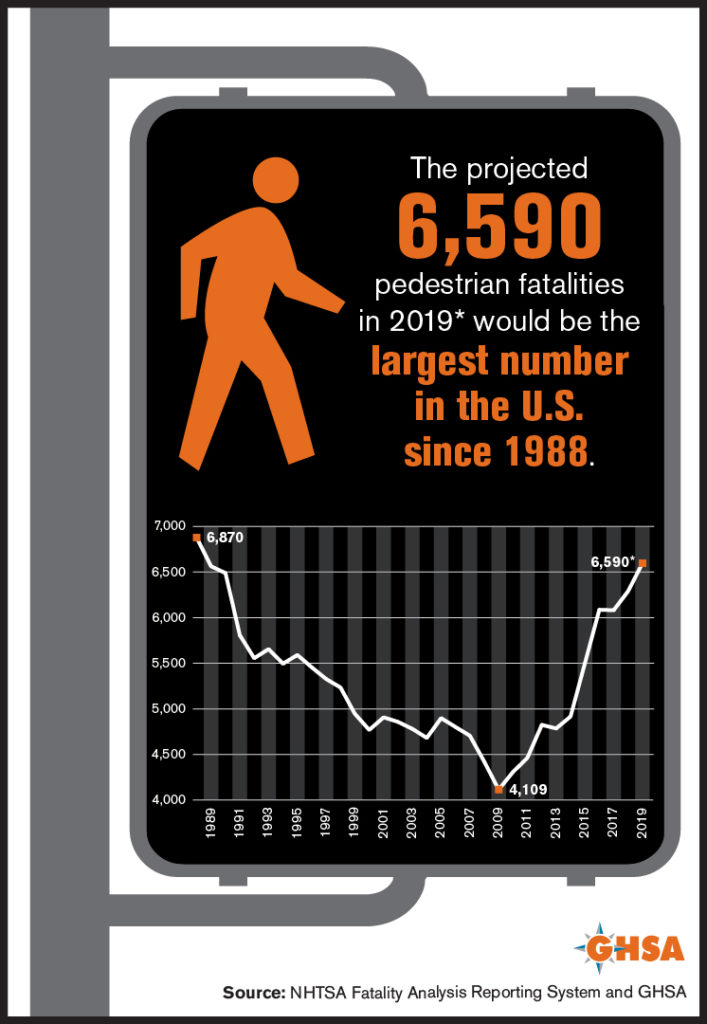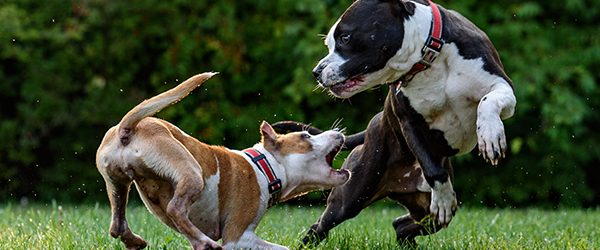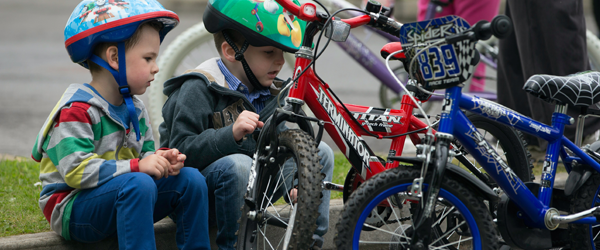
National Bike Month is here and we want to celebrate! A lot of what we post relates to rules of the road, laws and ordinances, and safety, but today we’re going to talk about all the fun ways to celebrate National Bike Month with bike activities that can be enjoyed by the whole family.
Plan a Ride with a Local Group
Ever city has cyclist riding groups, sometimes you just have to look for them. And most of them offer rides for varying degrees of skill. Some groups post their rides on the website and app Meetup (https://www.meetup.com) where you can find others to ride with for free. In San Francisco, there is the San Francisco Cycling Club (http://www.sfcyclingclub.org) and the San Francisco Bicycle Coalition (https://sfbike.org) that frequently post scheduled rides. You can also talk to the Coalition as they may know other groups with organized rides. In Paso Robles, there is a list of groups that ride at Cycle Central Coast (https://www.cyclecentralcoast.com/resources) including a group that goes out every Sunday from Templeton and they frequently have beginner rides. You can also talk to Bike SLO County (https://bikeslocounty.org) to find other organized rides and events.
Tune Up Your Bike
A lot of riders are “fair weather riders” and there is absolutely nothing wrong with that. If you put your bike away for the winter, and even if you don’t, the spring is a great time to get a tune up on your bike. You can tune it up yourself if you’ve got experience, or take it into a local bike shop for some help. In San Francisco and San Luis Obispo, there is the Bike Kitchen (http://bikekitchen.org and https://bikeslocounty.org/programs/kitchen) available on select nights where you can bring your bike in and tune it up alongside other cyclists. This can be a great bike activity to make new friends and riding buddies.
Introduce Your Kids to Riding with Others
Many kids have a bike and ride around on their own street but don’t go much further. This month is a great time to introduce your kids to an organized ride. Talk to other parents and plan to have adults front, middle, and back of a few kids riding together in a quiet area. There are bike trails to keep them away from traffic completely, or you can make this a time to learn the rules of the road by finding a route with minimal traffic and wide bike lanes to give them room. Remember to ride single-file and obey traffic ordinances like red lights and stop signs. Both the San Francisco Bicycle Coalition and Bike SLO County organize riding events for kids, so be sure to check their calendars and see if there is an event you’d like to bring your kids to: https://sfbike.org and https://bikeslocounty.org.
Set Up an Obstacle Course
This bike activity can be fun for the whole family or you can arrange it for adults with a few modifications to the difficulty levels. Break out some sidewalk chalk on a street or set up cones (sometimes you can find small cones at the $5 and under stores or at sporting-goods stores). You can make it exciting with a few water balloons on the ground you have to ride over to pop or use a pool noodle to create a limbo pole. You can set up tight curves or even really thin lines to make a sort of on-the-ground balance beam to help work on precision riding.
Ride to Geocache Locations
Have you ever gone Geocaching? It can be a lot of fun and even a little bit addictive. There are even Geocaches in hard-to-reach places like bike trails that normal Geocachers can’t get to, which makes this an excellent activity for cyclists. What is it, you ask? It’s a game where you use GPS coordinates (and your phone) to guide you to hidden compartments that contain a log book for you to sign and sometimes an object for you to trade with. Always bring a pen with you to sign the log book as some compartments are too tiny to hold a pen. For objects to trade, think small: a friendship bracelet, charm, keychain, or small plastic toy can all be Geocache treasures to trade for what you find in the compartment, if it has something for you to trade with. Learn more here: https://www.geocaching.com/play.
Ride to Rewards
If Geocaching isn’t your idea of a treasure hunt, think of something worth riding for, like ice cream or a fancy doughnut. Call up some friends or grab your family and ride to a local boutique with your favorite treat. Afterall, it’s National Bike Month and that’s something worth celebrating with ice cream!
Make it a Game
If you’ve got a group of kids, there are lots of great bike activity games out there you can play. You can play music and all riders must freeze when it stops, or cycle in a line and play copy-cat with the leader of the line. There are 20 games outlined in this PDF we found: https://www.cyklistforbundet.dk/media/mksfflaz/cykellege_bog_engelsk_4.pdf.
Whatever you do, have fun! We like to think ever month is bike month, but really, May is our National Bike Month and it’s time to get your bike prepped and go out there are ride!


